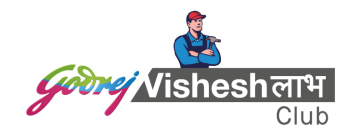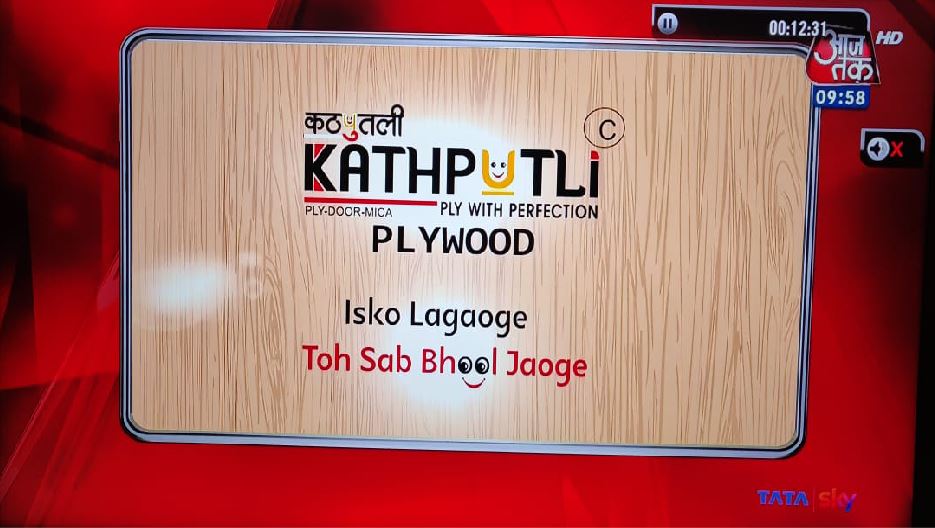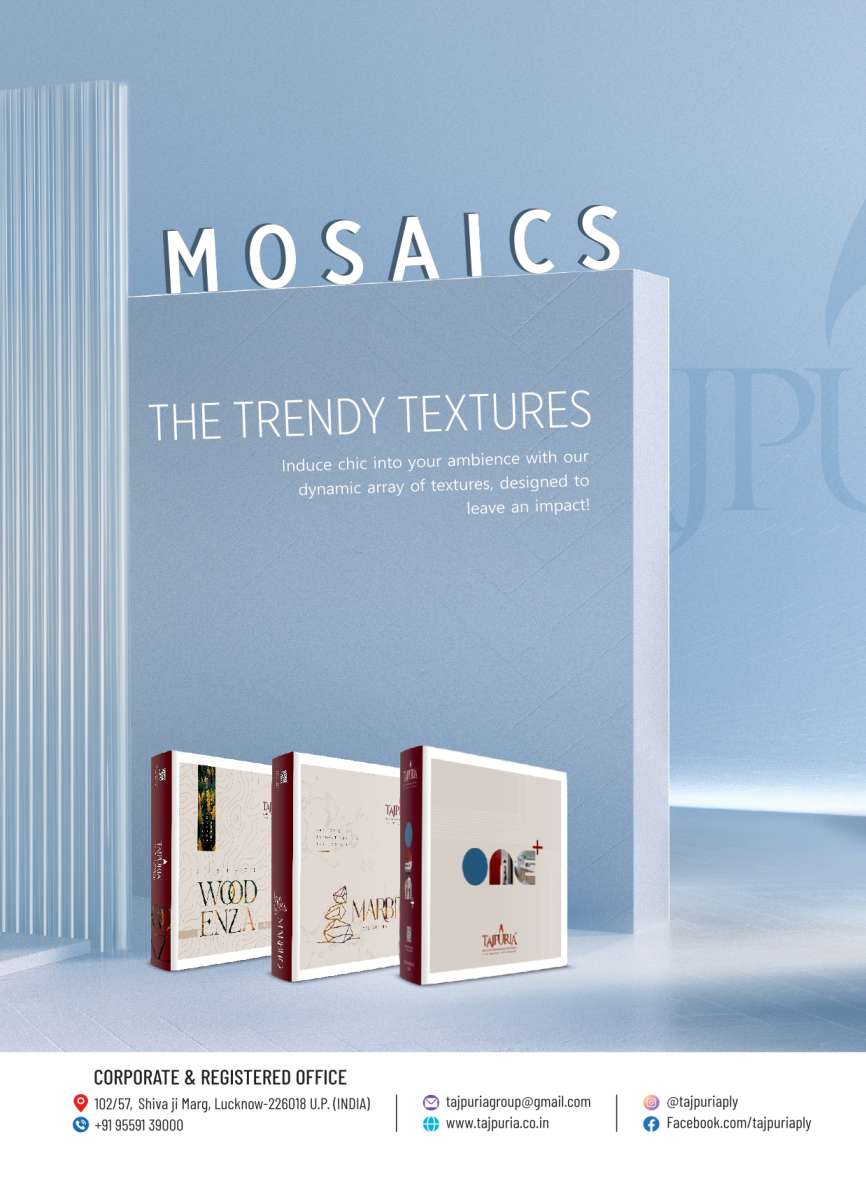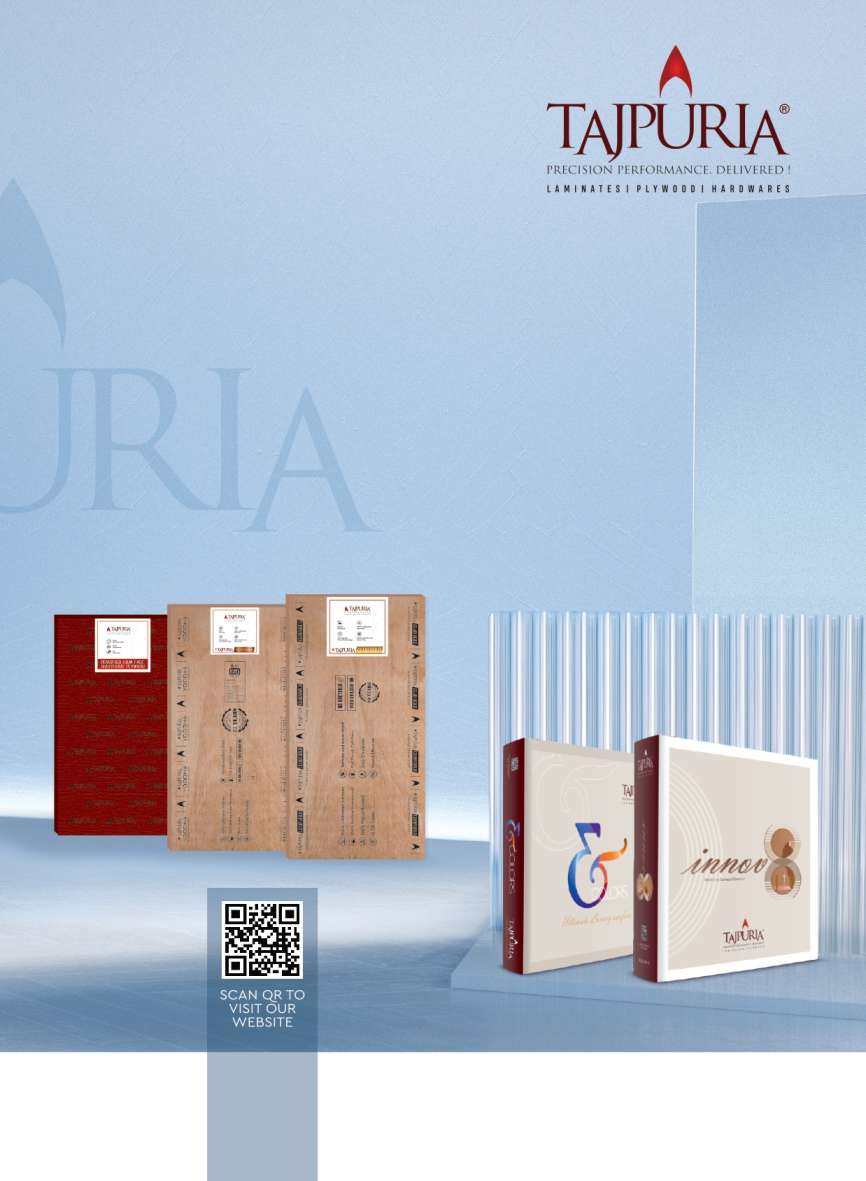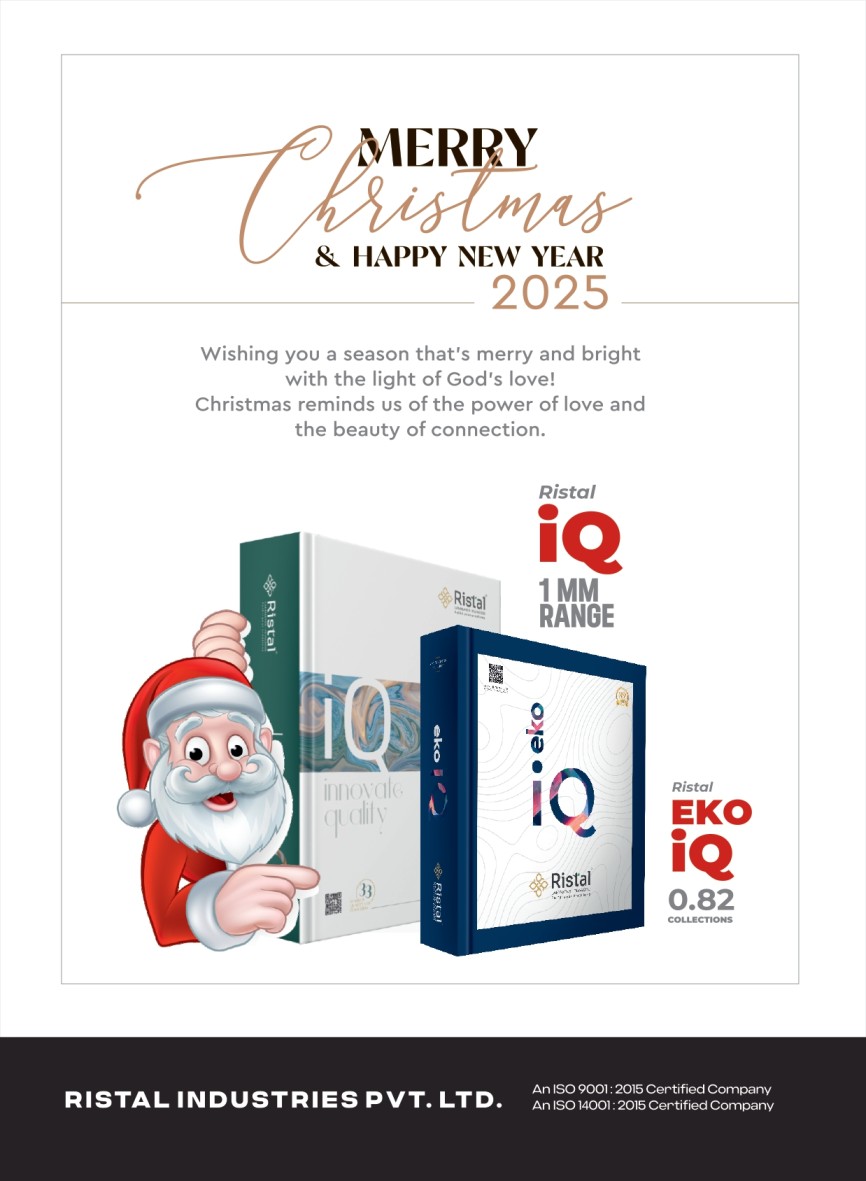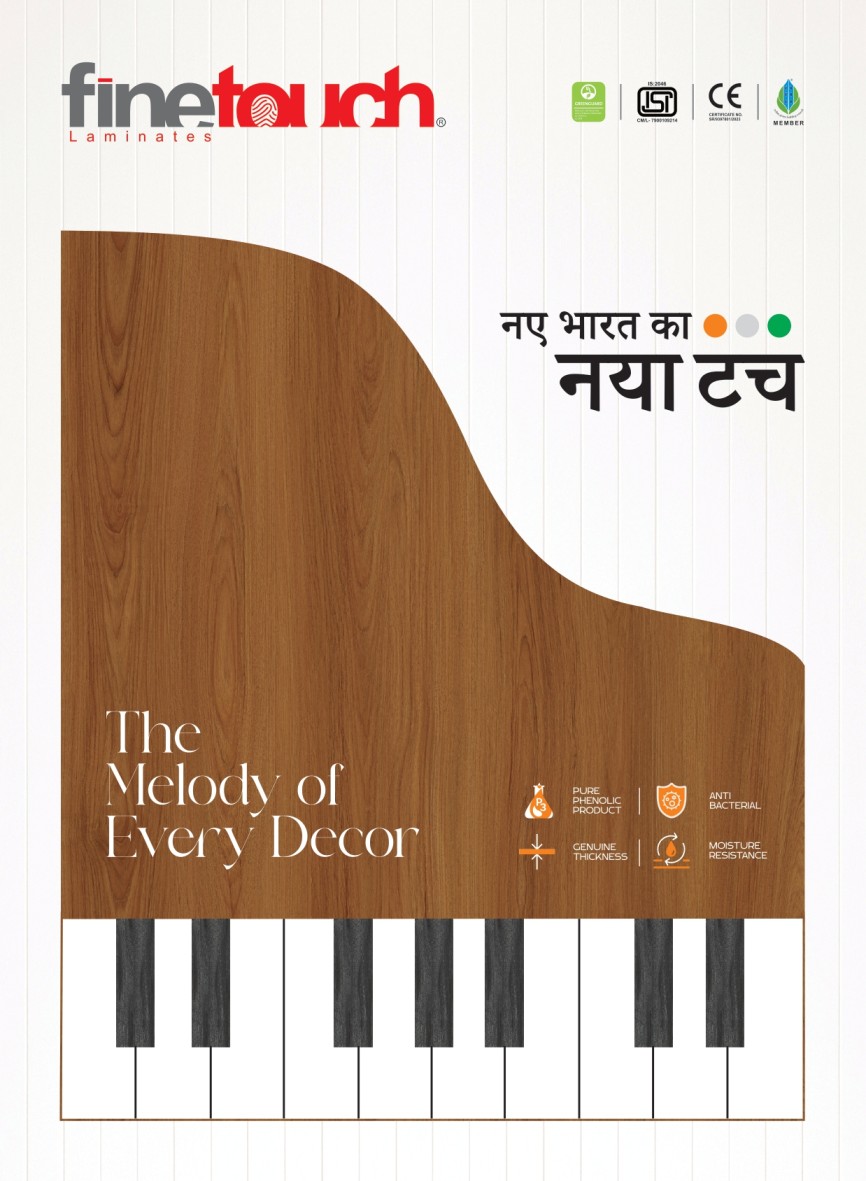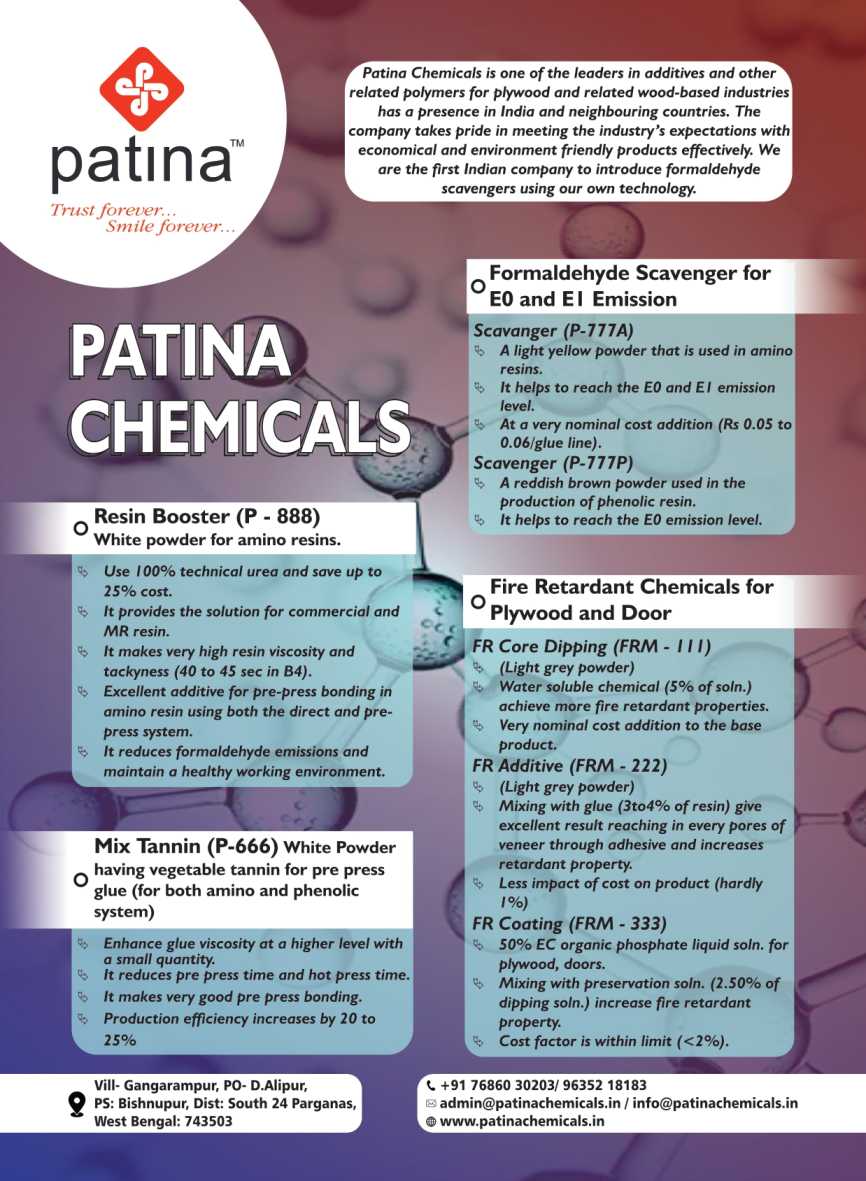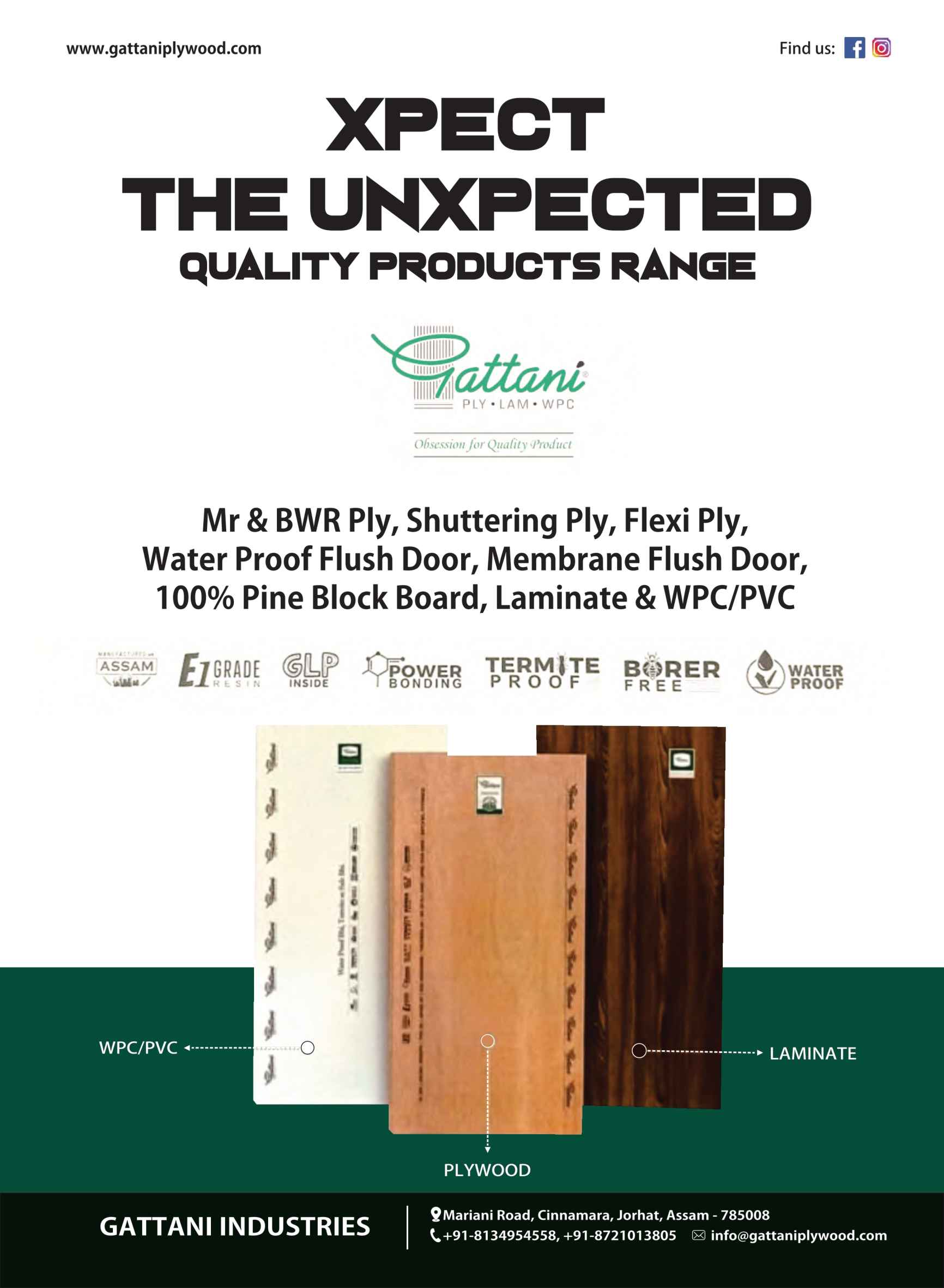
Production Related Incentive (PLI) scheme
- January 13, 2021
- 0
A new system is mentioned in the policy area which has been named as Production Related Incentive (PLI) scheme. It aims to boost manufacturing output in select areas. This boost is to be given for both domestic and export sectors.
The scheme was launched in April 2020 with great fanfare in the field of manufacturing mobile telephones and specialized electronic equipment components. Apart from this, it was also introduced in the field of medical devices and pharmaceuticals. But this plan was in discussion for the last 12-18 months. During this period, steps like increasing the customs duty on mobile handsets were taken so that its foundation could be laid. Following signs of initial success, the cabinet decided to expand the PLI scheme to 10 new areas including vehicles and auto parts, advanced electrical batteries, pharmaceutical products, personal computers and laptops, air conditioners, telecom equipment and specialty food products, etc.
The use of PLI subsidy as a measure of development of specific manufacturing sub-sectors may be better than tariffs. First, they are borne by the government in a transparent manner, while the cost of subsidy in terms of fees is borne by the consumers and the industries that use them. Secondly, PLI subsidies are related to performance. They are paid only when a phased sale is seen. Third, subsidies do not differentiate products for export versus production for import substitution. Fourth, the fiscal cost limit can be set. At least theoretically it is possible. Fifth, subsidy is for a limited time for every beneficiary undertaking. This is the plan at least for now.
In a more basic way, it may be easier for all sub-regions to benefit from a relatively transparent PLI subsidy and more ambiguous customs benefits for a particular sub-region (eg mobile), etc. In these circumstances, it becomes difficult for any government agency to assess how much benefit was actually given by interventions promoting various sub-sectors. It would be very difficult to detect this in actual practice. Just like the license license raj used to be in place before 1991 As such, the private firm and its promoters gain from their industrial licenses, different types of import licenses, higher and different customs structures etc. It was difficult to do. It was in fact a forest of license-permits that nullified the quantum of financial benefits to the beneficiary sub-sectors. It was believed that the businessmen who get the license are also very lucky and the favorites of power.
Regardless of which PLI plans for the 13 sub-sectors will remain intact. We hope they will not expand at least until the current round of import duties is reversed. It would be better for the government to ensure maximum transparency, autonomy, uniformity and accountability in the implementation of these schemes under various ministries. It would be tragic if these new schemes too became like the old license-permit raj.
उत्पादन से संबंद्ध प्रोत्साहन (पी.एल.आई) योजना
नीतिगत क्षेत्र में एक नई व्यवस्था का जिक्र है जिसे उत्पादन से संबंद्ध प्रोत्साहन (पीएलआई) योजना का नाम दिया गया है। इसका लक्ष्य है चुनिंदा क्षेत्रों में विनिर्माण उत्पादन को बढ़ावा देना। यह बढ़ावा देसी और निर्यात दोनों क्षेत्रों के लिए दिया जाना है।
योजना को अप्रैल 2020 में मोबाइल टेलीफोन और विशिष्ट इलेक्ट्राॅनिक उपकरण कलपुर्जों के निर्माण के क्षेत्र में धूमधाम से इस योजना की शुरूआत की गई थी। इसके अलावा चिकित्सा उपकरणों और औषधि तत्वों के क्षेत्र में भी इसकी शुरूआत की गई। लेकिन यह योजना बीते 12-18 महीनों से चर्चा में थी। इस अवधि में मोबाइल हैंडसेट पर सीमा शुल्क बढ़ाने जैसे कदम उठाए गए ताकि इसकी बुनियाद तैयार हो सके। शुरूआती सफलता के संकेतों के बाद कैबिनेट ने पीएलआई योजना का विस्तार 10 नये क्षेत्रों में करने का निर्णय किया जिसमें वाहन और वाहन कलपुर्जे, उन्नत इलेक्ट्रिकल बैटरी, औषधि उत्पाद, निजी कंप्यूटर और लैपटाॅप, वातानुकूलक, दूरसंचार उपकरण और विशिष्ट खाद्य उत्पाद आदि शामिल हैं।
विशिष्ट विनिर्माण उप क्षेत्रों के विकास के उपाय के रूप में पीएलआई सब्सिडी का इस्तेमाल शुल्क की तुलना में बेहतर हो सकता है। पहली बात, इन्हें सरकार पारदर्शी ढंग से वहन करती है जबकि शुल्क के मामले में सब्सिडी की लागत उपभोक्ताओं और उनका इस्तेमाल करने वाले उद्योगों द्वारा वहन किया जाता है। दूसरी बात, पीएलआई सब्सिडी प्रदर्शन से संबंधित होती हैं। इनका भुगतान केवल तभी होता है जब चरणबद्ध बिक्री नजर आती है। तीसरी बात, सब्सिडी आयात प्रतिस्थापन के लिए उत्पाद बनाम निर्यात के लिए उत्पादन में भेद नहीं करती। चैथा, राजकोषीय लागत की सीमा तय की जा सकती है। कम से कम सैद्धांतिक तौर पर ऐसा संभव है। पांचवी बात, हर लाभार्थी उपक्रम के लिए सब्सिडी एक सीमित समय के लिए होती है। कम से कम फिलहाल तो यही योजना है।
अधिक बुनियादी ढंग से देखें तो तमाम उप क्षेत्रों में किसी खास उप क्षेत्र (मसलन मोबाइल) आदि के लिए अपेक्षाकृत पारदर्शी पीएलआई सब्सिडी और अधिक अस्पष्ट सीमा शुल्क लाभ दोनों से लाभान्वित होना आसान हो सकता है। इन हालात में किसी सरकारी एजेंसी के लिए यह आकलन करना मुश्किल हो जाता है कि विभिन्न उप क्षेत्रों को बढ़ावा देने वाले हस्तक्षेपों से दरअसल कितना लाभ हुआ। वास्तविक व्यवहार में इसका पता लगा पाना खासा मुश्किल होगा। वैसे ही जैसे सन 1991 के पहले के लाइसेंस परमिट राज में हुआ करता था। वैसे भी निजी फर्म और उसके प्रवर्तकों को उनके औद्योगिक लाइसेंस से हासिल हुए लाभ, विभिन्न प्रकार के आयात लाइसेंस, उच्च और भिन्न-भिन्न सीमा शुल्क ढांचे आदि से हासिल लाभ का आकलन, कर पाना मुश्किल रहा। वह दरअसल लाइसेंस-परमिट का एक जंगल था जो लाभार्थी उप क्षेत्रों को मिलने वाले वित्तीय लाभों के परिमाणन को निरर्थक करता था। माना जाता था कि जिन कारोबारियों को लाइसेंस मिलता है वे अत्यंत खुशनसीब और सत्ता के चहेते भी।
चाहे जो भी 13 उप क्षेत्रों के लिए बनी पीएलआई योजनाएं बरकरार रहेंगी। हमें आशा है कि उनका कम से कम तब तक विस्तार नहीं होगा जब तक आयात शुल्क बढ़ाने का मौजूदा दौर वापस पलट नहीं जाता। बेहतर होगा कि सरकार विभिन्न मंत्रालयों के अधीन इन योजनाओं के क्रियान्वयन में अधिकतम पारदर्शिता, स्वायत्तता, एकरूपता और जवाबदेही सुनिश्चित करे। यदि ये नई योजनाएं भी पुराने लाइसेंस-परमिट राज की तरह हो गईं तो यह दुखद होगा।

